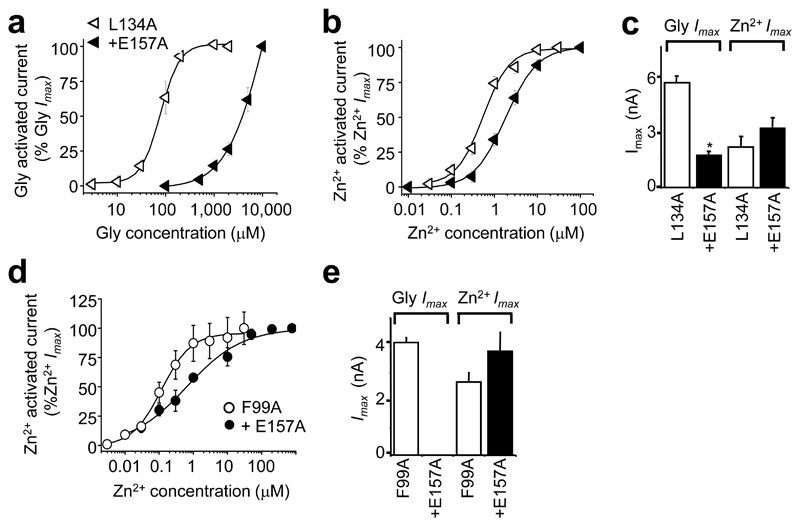Figure 5. Zn2+–activation of GlyRs lacking a high affinity glycine binding site.
Glycine (a) and Zn2+ (b) concentration response curves on an α1L134A background with an extra mutation in the glycine binding site (E157A). (c) Maximum currents evoked by glycine (10 mM) and Zn2+ (1 mM) for α1L134A and α1L134A, E157A. Incorporating E157A on an α1F99A background, ablated activation by up to 10 mM glycine, but induced only a modest, 3–fold decrease in sensitivity to Zn2+ activation (d) and no reduction in Zn2+ Imax (1 mM) (e) (n = 3–4).

